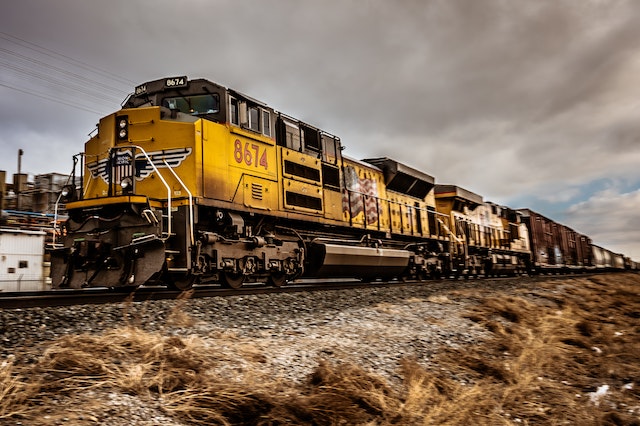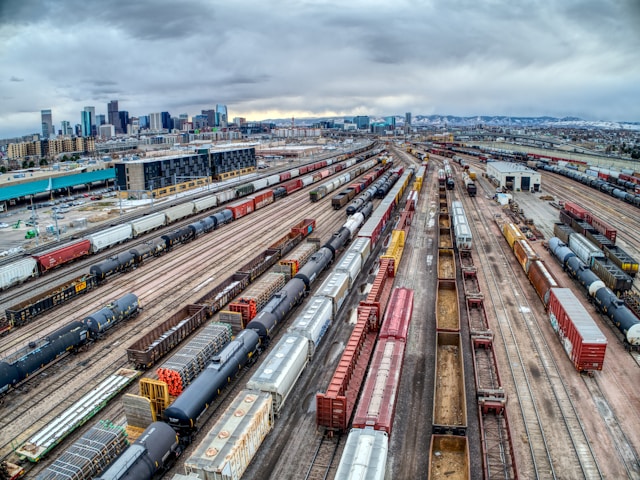
Under federal law, companies that own trains and employ people to operate can be 100% liable for all injuries and illnesses their workers sustain while those trains are in use, if that “in use” locomotive violates a provision of the Locomotive Inspection Act. However, defining exactly when locomotives or train cars are or are not “in use” has become a somewhat controversial issue following a lawsuit filed by a Union Pacific Railroad employee over an injury that occurred while a train was stopped for inspection.
Ultimately, the United States Supreme Court had to step in recently to resolve disagreements between several lower courts on how to interpret this phrase. Here are the basics of this case, how it concluded, and what it could mean for the rights of injured railroad workers in the future.
What Was the Supreme Court Ruling On?
The Locomotive Inspection Act (LIA) was the primary piece of federal legislation at the heart of the legal debate over whether railroad companies hold liability for injuries that workers sustain while their trains are stopped. This Act requires that railroad companies ensure that walkways on and around trains do not have slipping or tripping hazards like water, oil, or debris on them, and that all trains “in use” are thoroughly inspected daily.
Whether trains should be considered “in use” during said process was the central issue in the Supreme Court case. This case started in 2017 when a Union Pacific worker filed suit against their employer over an injury they suffered in 2016 from slipping and falling while readying a train for departure after a temporary stop at a railyard in Illinois.
How the Supreme Court’s Decision Affects Workers
A federal judge initially dismissed the claim and the 7th Circuit Court of Appeals affirmed that decision. The argument was that a locomotive being readied for use could not be considered “in use” to establish liability under the LIA. However, other circuit courts provided different definitions for when a train is “in use.” For example, the 4th Circuit ruled that the “totality of the circumstances” should be considered in a comprehensive analysis. The 5th Circuit ruled that a train is “in use,” and the LIA becomes applicable, once the train is assembled and all pre-departure procedures are completed.
In April of 2022, the U.S. Supreme Court deadlocked 4-4 over this case (one Justice recused herself), meaning that the 7th Circuit’s decision stands, but leaving in place the varying interpretations from around the country. This meant that the train in question was not considered “in use,” and Union Pacific was not strictly liable for their worker’s injury. A decision against Union Pacific would have been supported by numerous rail labor attorneys and unions, as well as the U.S. Department of Justice. Further, it would have brought clarity to the circumstances under which railroad companies could be considered fully liable for injuries and losses sustained by workers on the job.
Contact an Attorney for Guidance on Whether a Railroad Company is Liable for Your Injuries
While answering the question of whether railroad companies are liable for injuries when trains are stopped may have been complex, enforcing your rights after a work-related accident should not be. If you have been injured or become ill because of conditions you were exposed to on a train or in a railyard, speaking with a train worker injury attorney should be a priority. Contact Doran & Murphy for more information.





